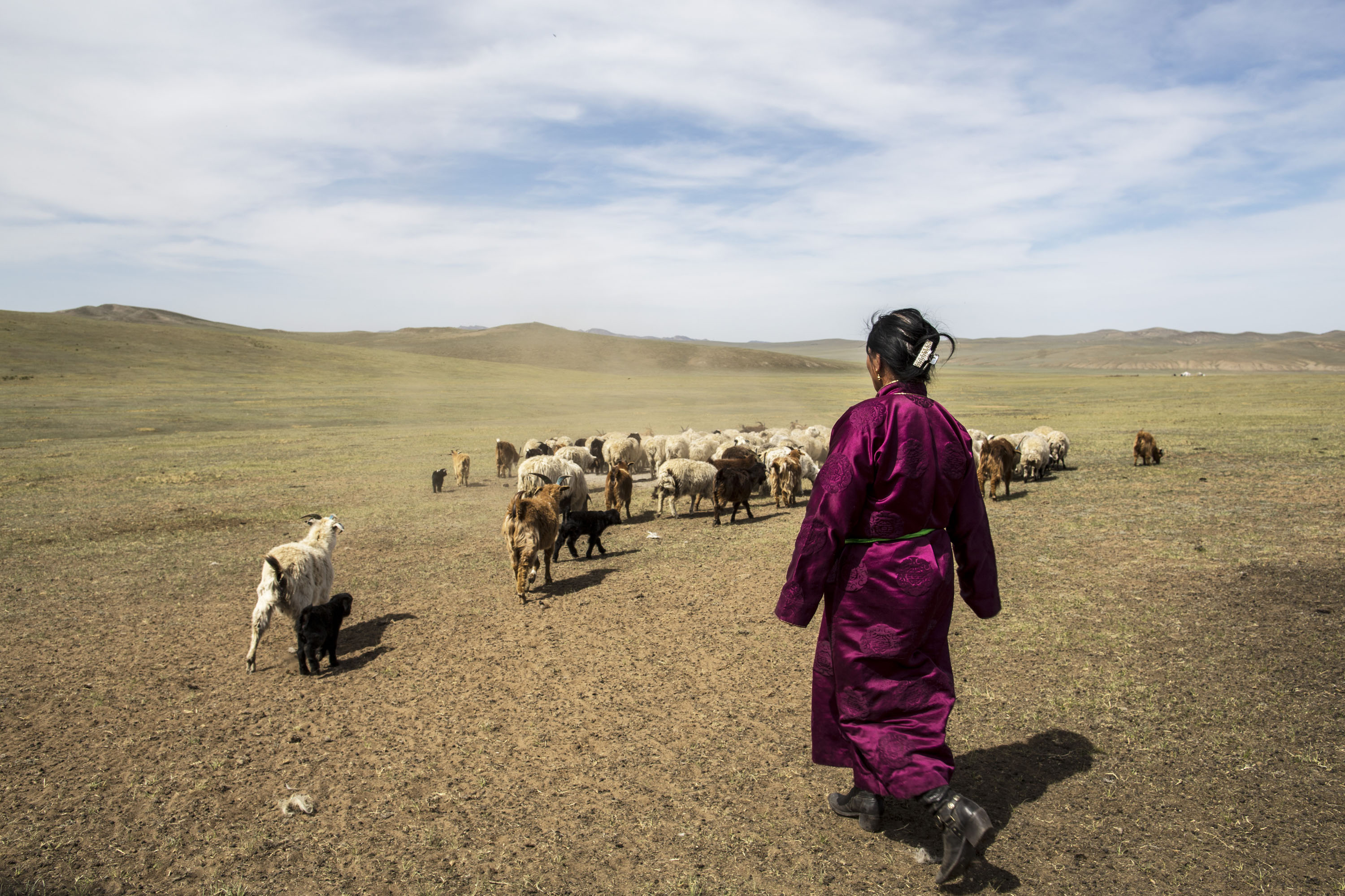
Promoting Dryland Sustainable Landscapes and Biodiversity Conservation in the Eastern Steppe of Mongolia (Eastern Steppe project)
Country overview
Forest degradation and deforestation caused by climate change and over-exploitation has become one of the pressing issues of the Mongolian forestry sector. The main drivers of forest loss and degradation in Mongolia are forest fires, pests, selective logging and clear felling, and grazing. Mongolia’s barriers in implementing sustainable land management practices include: inadequate conditions for dryland governance; unregulated and overuse of natural resources; lack of cross-sectoral coordinated efforts for integrated planning and monitoring at the national and local levels; inadequate capacities and incentives at local level for managing drylands sustainably; limited management and monitoring capacity in local governments for protected areas; limited regional cooperation and knowledge exchange for addressing dryland management challenges’; and a lack of systematic knowledge sharing in sustainable dryland management and biodiversity conservation within and between provinces (aimags) and counties (soums).
How does the DSL-IP support Mongolia?
The project aims to reverse and prevent dryland ecosystem degradation and biodiversity loss through an inclusive, integrated landscape and value chain approach to secure multiple environment benefits and sustainable, resilient livelihoods in the Eastern Steppe of Mongolia. The project interventions will be implemented in nine soums of the three eastern aimags of Dornod, Khentii and Sukhbaatar, as well as at the aimag and national level.
The project will be divided into four components, as follows:
- Component 1: Strengthening the enabling environment for the sustainable management of drylands in Mongolia. The project will strengthen cross-sectoral, multi-stakeholder collaboration for integrated land management planning and monitoring. It will also support incorporation of land degradation and biodiversity considerations into the ongoing land management planning process in line with Mongolia’s land degradation neutrality (LDN) and biodiversity targets; and will support the ongoing policy reform to promote sustainable land use.
- Component 2: Scaling up sustainable dryland management in the Eastern Steppe of Mongolia. The project will strengthen sustainable dryland management in Eastern Mongolia through a three-pronged approach. First, the project will promote environmentally friendly, climate-smart crop and fodder production. Second, the project will work with local herder and forest communities in the target area to implement and scale up sustainable management and restoration of rangelands and forest patches. And third, the project will support partnerships between herder groups/cooperatives (incl. women groups or women-led cooperatives), local government and private sector to develop value chains and access to markets for sustainably produced agricultural products.
- Component 3: Strengthening biodiversity conservation and landscape connectivity. The management capacity of Nature Reserves (NRs) and Local Protected Areas (LPAs) in connectivity areas will be strengthened to support survival of the Mongolian gazelle, the White-naped Crane, and other iconic migratory species. Priority interventions will be implemented to support enhanced management and connectivity of these protected areas, along with conservation-based income-generating opportunities for local communities (women and men) and sustainable financing mechanisms of the protected areas.
- Component 4: Project coordination, knowledge management and monitoring and evaluation. The project will support effective project coordination, as well as the systematic creation and sharing of knowledge on sustainable dryland management and biodiversity conservation at the provincial, national and global levels. The project will also aim to strengthen LDN target monitoring and reporting mechanisms.
Project’s Target Contributions to GEF-7 Core Indicators
| Nr Core Indicator | Project Core Indicator | Expected Result |
| 1 | Terrestrial protected areas created or under improved management for conservation and sustainable use (Hectares) | 1,189,866 |
| 3 | Area of land restored (Hectares) | 249,027 |
| 4 | Area of landscapes under improved practices (excluding protected areas)(Hectares) | 5,640,117 |
| Total area under improved management (Hectares) | 7,079,010 | |
| 6 | Greenhouse Gas Emissions Mitigated (metric tons of CO2e) | 10,302,215 |
| 11 | Number of direct beneficiaries disaggregated by gender as co-benefit of GEF investment | 25,241 (at least 40% of both women and men) |
